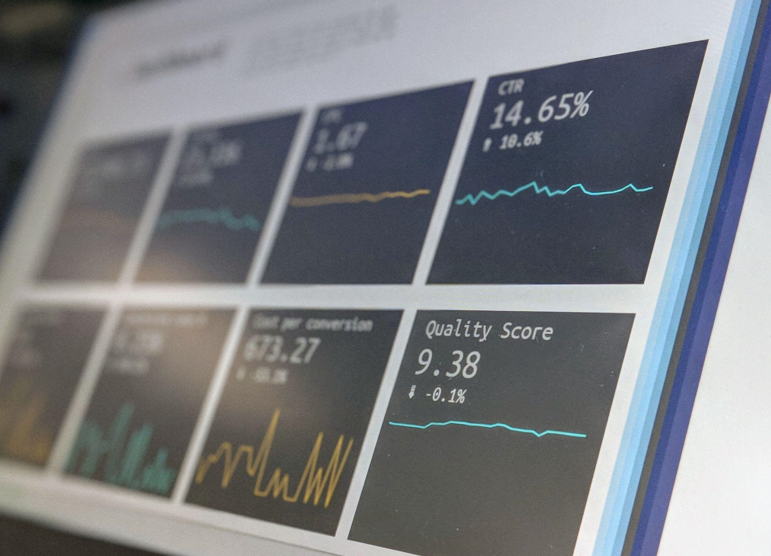Can your company create, store, distribute, or archive digital assets with ease? If you need help with handling and keeping track of your digital assets, consider a cloud-based management solution for digital assets. Keep reading to discover what digital asset management (DAM) entails and DAM projections for the future and how to leverage them for success.
What Is Digital Asset Management?
Digital asset management refers to the centralized toolset used to manage a company’s digital assets. The management process involves using software to organize, store, distribute, retrieve, and archive digital assets. It also tracks each file and gathers insights about the asset’s performance.
 Naturally, anyone new to the field would want to know what we mean by digital assets. The term «digital assets» refers to intangible products created and held in digital form and with a value attached to them. Digital products without any value attached to them are not considered assets.
Naturally, anyone new to the field would want to know what we mean by digital assets. The term «digital assets» refers to intangible products created and held in digital form and with a value attached to them. Digital products without any value attached to them are not considered assets.
Common digital assets include:
- Audio
- Video
- Images
- Slide decks
- Copy
- Documents
- Ebooks
- Online catalogs
- Offers
DAM vendors often provide custom system solutions to meet each user’s needs. But all these solutions operate on similar principles.
- They provide unlimited storage for client assets: DAM storage solutions are cloud-based. Therefore, users can access assets on demand from anywhere. The software has a file backup feature to protect against asset damage or loss.
- They support collaboration: DAM solutions allow teams to edit files and communicate within the platform, making collaboration easy. They also support integration with other systems and technologies so users can create products seamlessly from a single platform.
- They simplify asset organization: Users can sort through files, add metadata tags, assign permissions, set asset expiration dates, and check the asset’s version history. The software’s organization tools have filter and search capabilities that allow users to detect and remove duplicate content.
DAM Trends & Predictions for 2023 and Beyond
Statista reports that digital assets user penetration will hit 12.5% by 2027, with the total number of users rising to 994.3 million. As businesses expand their digital asset portfolio, they’ll count on DAM solutions to oversee their digital real estate.
And that means DAM experts must tailor their solutions to match the rapidly growing and changing user landscape. Below, we discuss the trends we’re likely to see in the coming years as DAM vendors align their offerings with user demands.
1. More AI-Based DAM Solutions and Automation
The growing artificial intelligence field will have an impact on DAM operations. Vendors will embrace automation and AI tools that:
- Help with real-time asset performance tests
- Identify better-performing assets
- Assist with content creation
It’s hard to pinpoint the exact direction AI solutions for DAM will take, but the three points above are good starting points. Many businesses are already using AI technology to create content. So this trend can only grow upward from here.
2. Add Omnichannel Content Platforms
Traditionally, DAM systems used a single repository to manage assets. Many of them stored or archived assets in different locations. That was then.
Modern-day demand for multimedia content changes all that. DAM solutions that carry the day will be those that support omnichannel activation. DAM vendors will need to invest in systems that:
- Are robust and scalable to accommodate high numbers of assets
- Offer support for multimedia assets to accommodate the diverse range of media assets
- Use advanced analytics tools to measure multimedia performance and effectiveness across channels in real-time
3. Support System Integrations
DAM solutions will continue integrating third-party applications and systems to allow users to create and edit content from a single portal. Rather than creating assets on different programs and uploading the same to the DAM application, users can do everything from the DAM platform. This strategy saves time, is cost-effective, and prevents lag and incompatibility challenges.
4. Become Specialized
To stay relevant, digital asset management companies must keep rebuilding their systems to create space for more automation, scaling, and AI integration. Digital asset management professionals stuck with old systems may need to catch up to counterparts who are using more modern solutions.
Upgrading the DAM system is costly and can take a while to accomplish. As a workaround to the rebuilding and upgrading challenge, DAM vendors can specialize in a specific area.
For example, they may not add an omnichannel content platform. But they can rebuild their system to offer unlimited scalability. So even though they won’t be the service provider of choice for heavy users of multimedia content, they’ll be the preferred vendor for users with an extensive digital asset footprint.
Conclusion
Digital asset management solutions will continue to grow as demand for digital assets increases across all business sectors. Businesses that understand what the future of DAM looks like know what to look for in a DAM solution. They are therefore poised to pick a DAM system that matches their needs.






